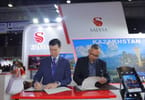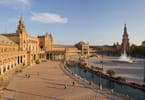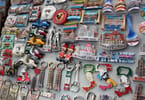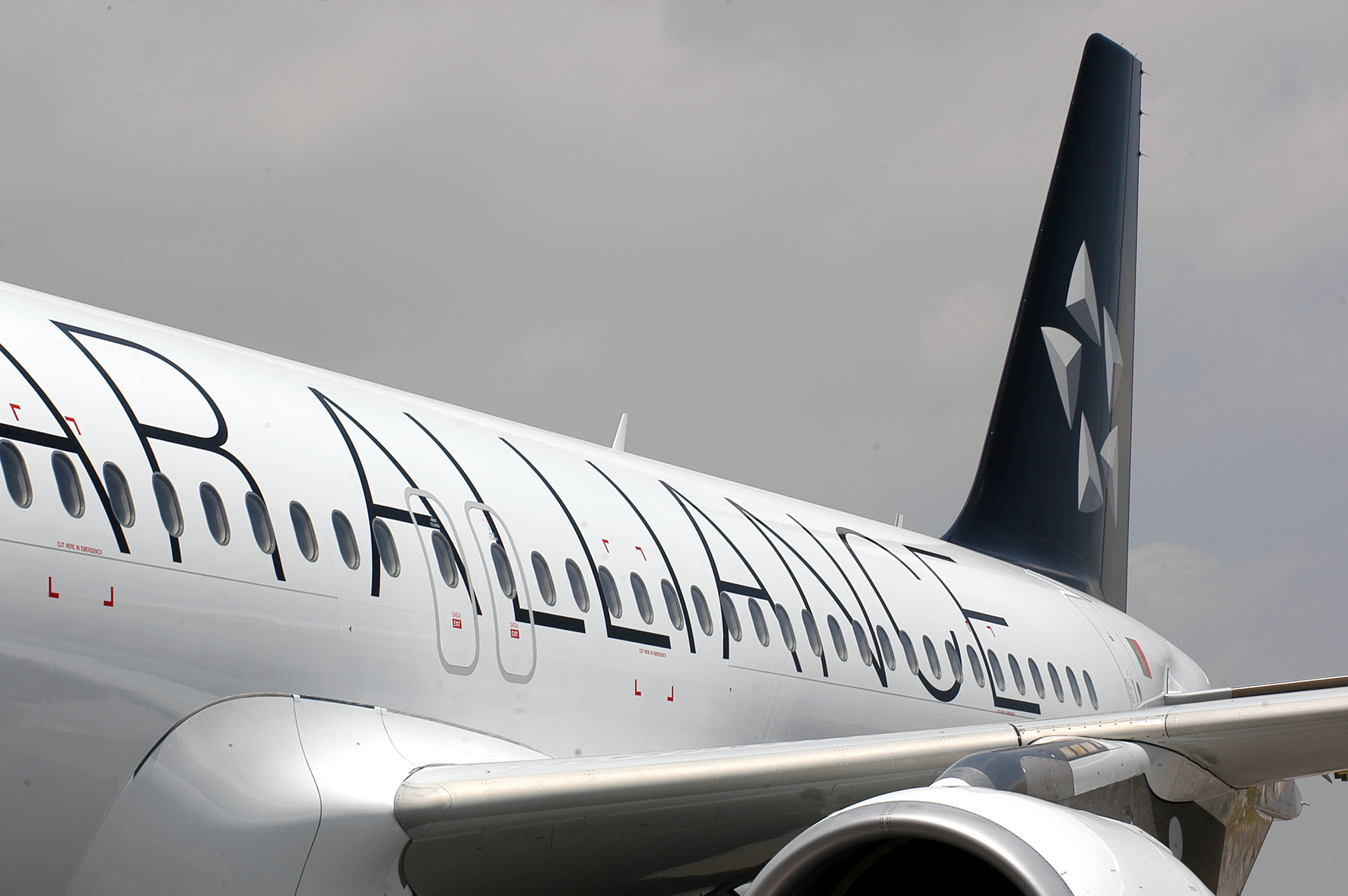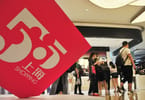At the World Travel & Tourism Council’s (WTTC) annual Global Tourism Summit, held this year in Abu Dhabi, I made it a point to speak to a person of authority to discuss Abu Dhabi’s tourism vision and plan. Enter: Sultan Hamad Al Mutawa Al Dhaheri. He is the Director of Tourism Ecosystems from the Abu Dhabi Tourism & Culture Authority (ADTCA).
Kedu ihe ọrụ gị gụnyere?
Our mandate is to take care of the tourism environment. It’s not only the sustainability of the tourism sector as well as how each component of the value chain of the tourism sector is performing. How can we solve their problems and issues and how we can build better synergy between different players in the public and private sectors.
What projects are you working on?
Currently, we are developing experiences. We are trying to support small to medium enterprises to develop and expand. One of them is called Pearl Journey. An entrepreneur from Abu Dhabi came up with the idea of develop a traditional boat where you can go to the sea and you can have the experience of catching andopening the pearl to take home with you. It’s more of an authentic cultural experience. We are trying to promote him. As well, we are supporting different attractions, hotels, malls in terms of accessibility, signage, promotion. If they have any problems with regulations and policies that need to be resolved with different government entities. We are like the voice of the private sector to the government. We engage with them, we have committees, we meet on a monthly basis. We try to understand what is happening in the sector and we always engage with the government and other private sector to build better relations.
Who do you report to?
There is an executive director of tourism. It’s vacant so far, so I’m reporting to the deputy director general.
What sets Abu Dhabi apart from the rest of the world in terms of tourism?
Abu Dhabi from Day One wanted to be different. This was translated in our plan and vision, which is to position ourselves as a cultural tourism destination. Construct the Saadiyat Island with the different museums—the Louvre, the Guggenheim, the Zayed Museum. Having this cluster of museums in one place is something that positions Abu Dhabi differently. On the other hand, we are also working on developing leisure, entertainment activities. Yas Island is a clear example. There we the Formula One race tracks, we have the Marina Circuit, we also have the golf courses, we have the Ferrari World Theme Park, we Yas Waterworld, the region’s first megapark. As well as other attractions. We also have the Sheikh Zayed Grand Mosque,which is an iconic attraction. Just to see the Emirates Palace. With our unique projects, we are positioning ourselves differently. Also, we are complimenting different experience in the region.
How much of these projects are private and how much are government-funded?
The government since Abu Dhabi Tourism Authority was established in 2004 which was late compared to other destinations. So the government had to do a lot of funding and investments to showcase in a clear example for everyone that the government is committing to make this sector viable. Some of these projects were strategic investments by the government. The malls, the hotels and different activities, and also there are some privately-owned attractions, all of these are done by the private sector. This is where we see the synergy between government and private.
How did get the Guggenheim and the Louvre to agree to come to Abu Dhabi?
That was huge effort our government, lots of negotiations. I think these museums also realizing Abu Dhabi has a future as a potential tourism destination is one of the reasons. The Louvre which is France, the Guggenheim (US) and the Zayed museum which is us. You have in one island, so you can see different cultures mixing in one place which is the real example of this country. How many nationalities do we have here? A lot of nationalities. Different cultures in one place. This is part of our hospitality.
What differentiates Abu Dhabi from Dubai?
Dubai is a leading tourism destination, very mature market, very mature city in tourism. Where we come is we are complimenting not only Dubai’s tourism experience as well as the seven Emirates. Think about the whole UA Emirates as one destination. If tourists come and visit different Emirates, they’ll have different flavors. This helps in enhancing the overall experience making the UAE a must-visit place.
What is the flavor of Dubai?
Dubai is focusing more on shopping malls, retail and entertainment.
What is the flavor of Abu Dhabi?
We’re trying to focus more on culture and heritage.
What’s the official word on sustainability?
Sustainability is in our vision – to develop a sustainable tourism destination. What is sustainable? Yes, we want to develop this sector, build structure, we want to GDP contribution. While we’re doing that we need to make sure that there is social impact by creating jobs and opportunities for nationals and non-nationals as well as preserving the nature and the environment. The clear case here is Saadiyat Island. When we developed this island, specifically the resort on the beach, we made sure that we didn’t disturb the environment and the wildlife in that area. The resort was built two years ago and till now, turtles are coming and nesting in front of the hotel. Yes, we built a five-star plus hotel but managed to keep the environment as it is. If you think about the development of Abu Dhabi, environment is essential. We need to make sure we don’t touch it, we need to preserve it. This was clear starting from our vision.
How are you marketing Abu Dhabi?
We have a lot of efforts – financially and non-financially, to promote the destination. At the TCA Abu Dabi has a big role in that we have ten offices across different countries- UK, Australia, US, Germany, France, Italy, Saudi Arabia, India, China and Russia. We conduct roadshows in different regions and participate in international exhibitions.
Who are your tourists?
The largest portion now is domestic visitors, then Germany, UK, India. We’re trying to push more international visitors to come to, but we want domestic travelers to come as well.
Government efforts to protect the environment?
There is Estidama Pearl Rating System they opened their headquarter here in Abu Dhabi. FGreen building codes, getting more energy from sustainable sources, all of these are indications that we are going more green and trying to get more sustainable energy.
What is your definition of an eco-friendly establishment?
Is an establishment or entity that respects the environment by not consuming a lot of energy, reducing a lot of waste, recycling and being responsible.
Do you believe Dubai’s bubble has popped?
I think Dubai is doing very well. Their numbers are showing a healthy growth. Abu Dhabi, we are trying to see different practices and we’re trying to learn from different lessons for not only from the region but internationally.
IHE Ị GA-Ewepụ na edemede a:
- An entrepreneur from Abu Dhabi came up with the idea of develop a traditional boat where you can go to the sea and you can have the experience of catching andopening the pearl to take home with you.
- So the government had to do a lot of funding and investments to showcase in a clear example for everyone that the government is committing to make this sector viable.
- Tourism Council's (WTTC) annual Global Tourism Summit, held this year in Abu Dhabi, I made it a point to speak to a person of authority to discuss Abu Dhabi's tourism vision and plan.







